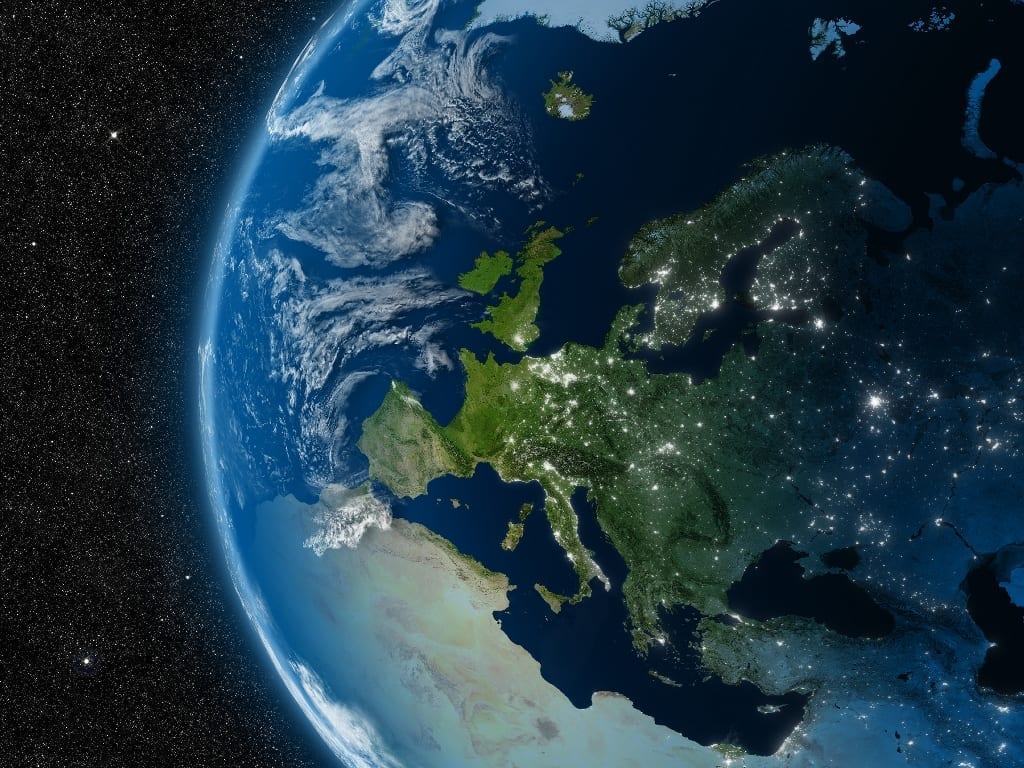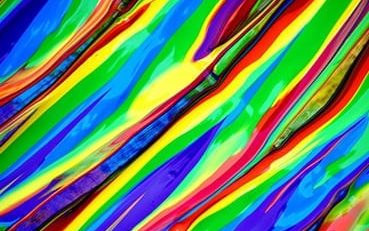The Downside to LEDs
Across the world cities and towns are switching to street lamps with light-emitting diodes, or LED bulbs – a change that is providing more light while using less energy. While in many ways this is great for the environment and for the areas making the switch, this change has had some unintended consequences, namely light pollution.
Scientists at the Complutense University of Madrid in Spain observed photos taken from space of cities around the world. Comparing the difference in light pollution from before LEDs were implemented and afterward reflected a significant increase. Not only does this impact city inhabitants’ ability to view the stars, it can also disrupt the ecosystems of nocturnal animals and impact the sleep cycles of humans. According to a video produced by Tech Insider, LEDs are projected to account for 70 percent of all lighting by 2020.
From darksky.org: According to the 2016 “New World Atlas of Artificial Night Sky Brightness” street lighting and outdoor lighting retrofits using 4000-kelvin white LED lamps could result in a factor of 2.5 increase in light pollution. Outdoor lighting with strong blue content is likely to worsen skyglow because it has a significantly larger geographic reach than lighting consisting of less blue.
View that video here.














